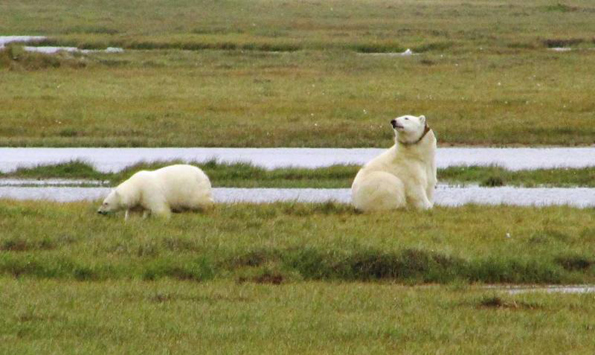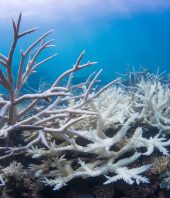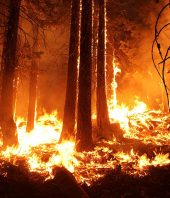Changes are already happening to Earth's climate due to the burning of fossil fuels, deforestation and large-scale agriculture. As changes get more pronounced, people everywhere will have to adjust. In this week's issue of the journal Science, an international group of researchers urge the development of science needed to manage climate risks and capitalize on unexpected opportunities.
"Adapting to an evolving climate is going to be required in every sector of society, in every region of the globe. We need to get going, to provide integrated science if we are going to meet the challenge," said senior scientist Richard Moss of the Department of Energy's Pacific Northwest National Laboratory. "In this article, we describe the foundations for this research and suggest measures to establish it."
Climate preparedness research needs to integrate social and climate science, engineering, and other disciplines. It prepares for impacts by determining who and what are most vulnerable to changes and considering ways to adapt.
"Science for adaptation starts with understanding decision-making processes and information needs, determining where the vulnerabilities are, and then moves to climate modeling. A final step tracks whether adaptation is effective," said Moss, who is based at the Joint Global Change Research Institute, a collaboration between PNNL in Richland, Wash. and the University of Maryland.
The article grew out of a workshop held in August 2012 at the Aspen Global Change Institute in Aspen, Colo., on how to improve support for decision-making in the face of a changing climate. The authors arrived at this approach to guide preparedness research based on the need to reduce the risks that climate change presents.
"The need to adapt and adjust is going to be global," said Moss. "We need a flexible, integrated approach that merges theoretical and problem-oriented sciences around four general challenges."
The four challenges are:
- Understanding what information is needed to make decisions about adapting to climate change
- Identifying vulnerabilities in society, the economy and the environment
- Improving forecasts and climate models in ways that can address specific problems
- Providing technology, management, and policy options for adapting
As an example of how practical and basic research can work together, Moss described work in the U.S. involving water utilities, university scientists, and private firms to pilot use of climate models and water utility modeling to design resilient water systems.
"This research is motivated by a practical challenge, ensuring reliable water supplies. Among the scientific advances that will be required is better integration of weather and climate models to improve decadal climate information to help people plan," Moss said.
Bringing together diverse disciplines at the Aspen workshop allowed the international team to explore all facets of adaptation, including less examined ones such as how scientific information is (and isn't) used in making decisions.
"Traditionally we think that what society needs is better predictions. But at this workshop, all of us -- climate and social scientists alike -- recognized the need to consider how decisions get implemented and that climate is only one of many factors that will determine how people will adapt," he said.
The focus on problem-solving could open up new sources of funding as well, sources such as non-governmental organizations, industry -- any group with specific problems that adaptation science could solve.
"We will make a virtue of necessity," said Moss.
DOE/Pacific Northwest National Laboratory (2013, November 7). Preparing for hell and high water: Researchers advocate for climate adaptation science. ScienceDaily. Retrieved November 10, 2013, from http://www.sciencedaily.com /releases/2013/11/131107142526.htm







